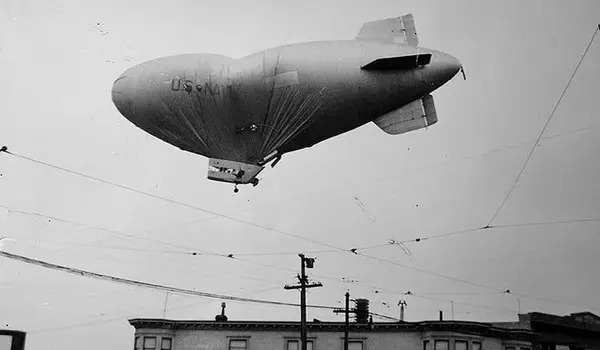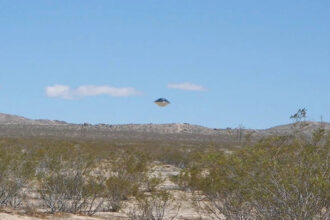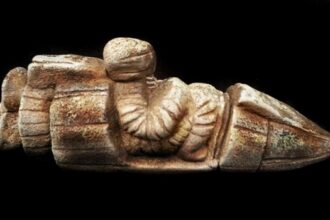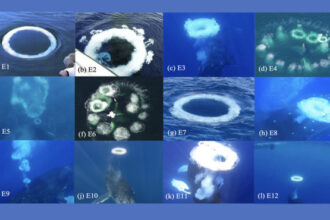It began as a routine surveillance mission during World War II — in the early months of the United States’ involvement in the conflict — and ended as an enigma that remains unsolved more than eight decades later.
On the morning of August 16, 1942, at around 6 a.m., the U.S. Navy airship L-8 lifted off from a small airfield on Treasure Island, an artificial island built in San Francisco Bay for a recent world’s fair. On board were two officers: Lieutenant Ernest DeWitt Cody and Ensign Charles Ellis Adams.
About five hours later, the L-8 came down in a suburban street in Daly City, California, scraping rooftops and tearing down power lines along the way. Local fire crews, who had just finished putting out a blaze in the nearby hills, rushed to the scene, extinguished the flames, and prepared to rescue the crew. But what they found was baffling: there was no one on board. The two pilots had simply vanished.
/https://tf-cmsv2-smithsonianmag-media.s3.amazonaws.com/filer_public/e2/0b/e20bafee-eae4-473f-b2e8-13797c71cc2f/image195.jpg)
The wreckage of the L-8 had barely been collected when newspapers gave the airship the nickname it still carries today: the “Ghost Blimp.”
At the time, the United States had been at war for just over eight months. Americans were on edge about possible Japanese attacks on the West Coast, so to keep watch for enemy submarines, the Navy assembled a fleet of blimps there, just as it had on the East Coast to patrol for German U-boats.
Most of the airships the Navy relied on for these missions were blimps. Unlike rigid airships with an internal metal framework, such as the German Zeppelins, blimps were little more than a gas-filled balloon, called an envelope, with a control car—or gondola—attached underneath. Because of their simplicity, blimps could be operated by small crews. They could even remain aloft and drifting without anyone aboard (as the L-8 demonstrated), unless their envelope was punctured and the gas escaped.
/https://tf-cmsv2-smithsonianmag-media.s3.amazonaws.com/filer_public/3c/dc/3cdc6ad5-6a93-44d0-92cb-d40ad18078c2/1938_cody_lb.jpeg)
“Blimps had the perfect operational capabilities for coastal patrols,” explains aviation historian Dan Grossman. “They could stay aloft for long periods, fly slowly and at very low altitudes, hover over targets, and operate in poor visibility and low cloud ceilings—things fixed-wing aircraft of the time simply could not do.”
The L-8 itself was a former Goodyear promotional blimp, built by the tire company for advertising purposes. In early 1942, the Navy acquired it along with four other L-class blimps and stationed them at Moffett Field, in Santa Clara County, California, which already housed several massive airship hangars. Other L-class blimps were sent to Lakehurst, New Jersey—the site of the infamous Hindenburg disaster of 1937.
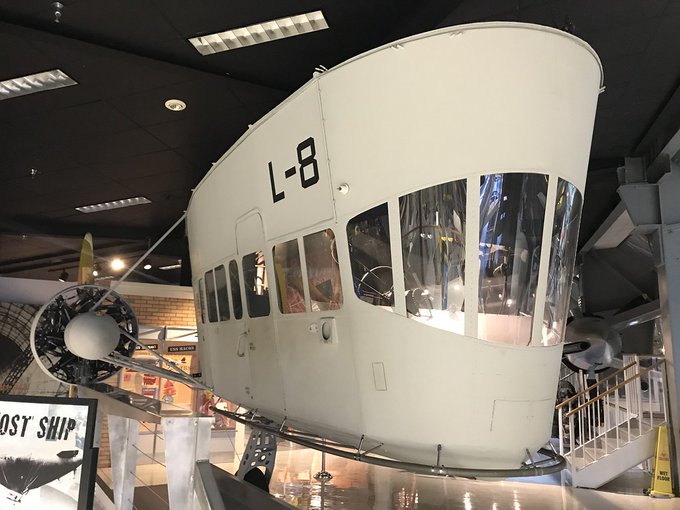
The control car of the L-8 airship is on permanent display at the National Naval Aviation Museum in Pensacola, Florida. This historic artifact represents the lower section of the airship, where the crew operated, including the flight controls, navigation instruments, and pilot seats.
After the mysterious disappearance of the crew in 1942, the L-8’s control car was recovered and preserved as part of the museum’s collection, providing visitors with a unique insight into the operation of airships in the United States Navy. It is located in the museum’s west wing, in the section dedicated to airships, alongside other historic examples such as the control car of the Goodyear K-47 and the ZPG-2 Snow Bird.
The National Naval Aviation Museum is located at NAS Pensacola and is open to the public from Tuesday to Sunday, from 9 a.m. to 4 p.m. Admission is free, although a valid photo ID is required to access the naval base.
#OTD in 1942, U.S. Navy blimp L-8 returned from patrol without anyone aboard. The crew had vanished. The "ghost blimp" was found to be in total working order and none of the parachutes or life rafts had been taken. The fate of the crew remains a mystery. pic.twitter.com/Da9e6HXv8o
— U.S. Naval Institute (@NavalInstitute) August 16, 2025



